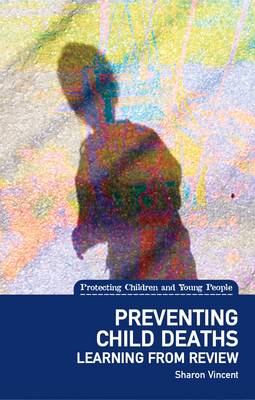Protecting Children and Young People
3 total works
Up to half of all deaths of children and young people are from non-natural causes. Evidence suggests that a significant proportion of these deaths, which are the result of accidents, suicide, sudden unexpected deaths in infants or homicide, may be preventable. This book investigates the main causes of unexpected deaths of children and young people in the UK, Australia, New Zealand, the United States, and Canada and considers how we might attempt to prevent future deaths. Mechanisms for reviewing child deaths vary within and across countries. Some countries focus on reviewing only those deaths which result from abuse and neglect, or deaths of children known to child welfare agencies; others take a wider public health approach, involving a review of all child deaths. Drawing on the findings from a study of child death review processes across three continents Sharon Vincent assesses the effectiveness of different review mechanisms and identifies good practice in relation to prevention. The book will inform professionals, policy makers and academics working in the area of prevention of child deaths, injury, and maltreatment. It will prove a useful resource for anyone who is training to work with, or who is already working with, children and young people and their families.
High profile child deaths and significant abuse cases have been a significant driver for reform of child protection policy in the UK. Whilst there is a wealth of information on child deaths and significant abuse cases in England and Wales there is far less published information available in Scotland. Sharon Vincent addresses this gap. Drawing on findings from a review of high profile child death and abuse cases which resulted in inquiries or reviews in Scotland over the period 1975 to 2008 Dr Vincent extracts the key themes whilst she reviews and assesses the impact these cases have had on child protection policy and considers what we can learn from such cases. Child deaths and significant abuse cases in the home, as well as cases where children have been killed or abused outside the home, are considered. Intended as a resource for those who are training to work with children and young people and their families; for those working in children's services in Scotland and for academics and policy makers this volume provides an invaluable oversight to the origins of the UK's child protection policies.


